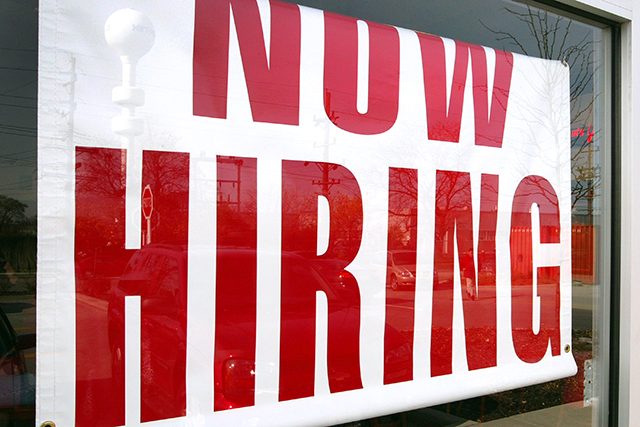Who Creates Jobs—and Why?
Salim Furth /
If you want to protect spending in Washington, call it “job creation.” That’s the flip side of yesterday’s quip by Jared Bernstein, senior fellow at the Center on Budget and Policy Priorities, skewering the tendency of politicians to dress their favorite lobbies or spending policies as job generators. He’s right: The Center for American Progress praised the subsidized and inefficient ethanol sector by claiming that it “created nearly 154,000 jobs throughout the nation’s economy in 2005 alone.” In 2012, the White House claimed that extending unemployment benefits would lead to “job creation.”
Bernstein goes on to ask a more serious question: With corporate profits booming, where are the new jobs? The recovery in corporate bottom-lines hasn’t echoed across in the labor market, where the employment-population ratio has been basically flat since it crashed down in 2009 and 2010.
I asked—and answered—the same question in 2012. Before drawing a conclusion, I documented four major trends in the poor economic recovery:
- A puny recovery in employment;
- A slow recovery in non-residential investment—stuff like factories, trucks, and business software;
- Booming corporate profits; and
- Unprecedented lows in job creation by new businesses, which continued to fall in 2010 and 2011 instead of recovering.
The economic explanation that can account for all these phenomena is high fixed costs for potential new businesses. If there were merely an overall demand shortfall, why would profits be so high? If there’s merely been a shift in bargaining power in favor of employers, wouldn’t new businesses owners be crowding in to take advantage of the easy money? Instead, profits are high and business startups are low.
That conundrum makes sense only when you remember that businesses compete primarily against each other, not against their own workers. Thus, taking all the facts into account, I concluded that there must be something that protects existing firms from potential competitors, allowing the former to raise prices and reap profits.
Fixed costs take many shapes. The higher cost of insurance under Obamacare and the higher cost of business loans under Dodd-Frank are prime candidates for the sudden rise of fixed costs under the current administration.
Bernstein, on the other hand, arrives at an unsatisfying conclusion (demand is too low and employers’ bargaining power is high) because he does not account for where job creation occurs. In his story, demand rules the economy. When demand is high, companies get lots of customers and lots of orders, and respond by adding more staff. In Bernstein’s story, demand leads and supply follows. Bernstein also appears to think that large, highly profitable firms are the scene of the missing job creation.
But the data show that gross job creation in existing firms in 2011 was down 15 percent from 2006 while gross job creation in new firms was down 28 percent. And scholars have convincingly demonstrated that all net new jobs come from new firms, in good times and bad. That’s a problem for Bernstein’s story. After all, nobody walks into your living room and says, “I’d like to buy a latte from you; please open a coffee shop!” Startups often have only a vague idea of the volume of demand they’ll see, and they know that many of their customers will come at the expense of older, established firms.
Of course, succeeding as a startup takes demand—if nobody wants your lattes, then you’ll quickly go out of business. But the key to good economic explanations is to think about the whole ecosystem—supply and demand meeting in a market. Bernstein asked a good question, but his answer fell short of accounting for the data.

